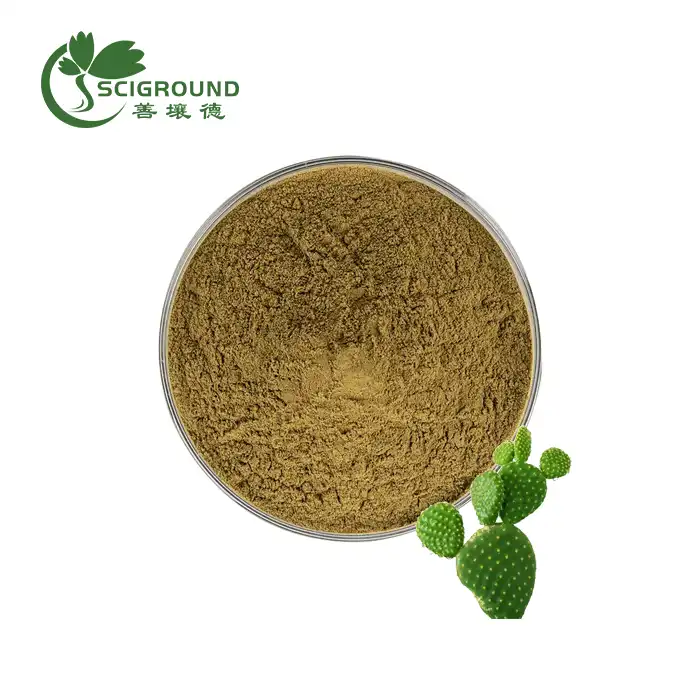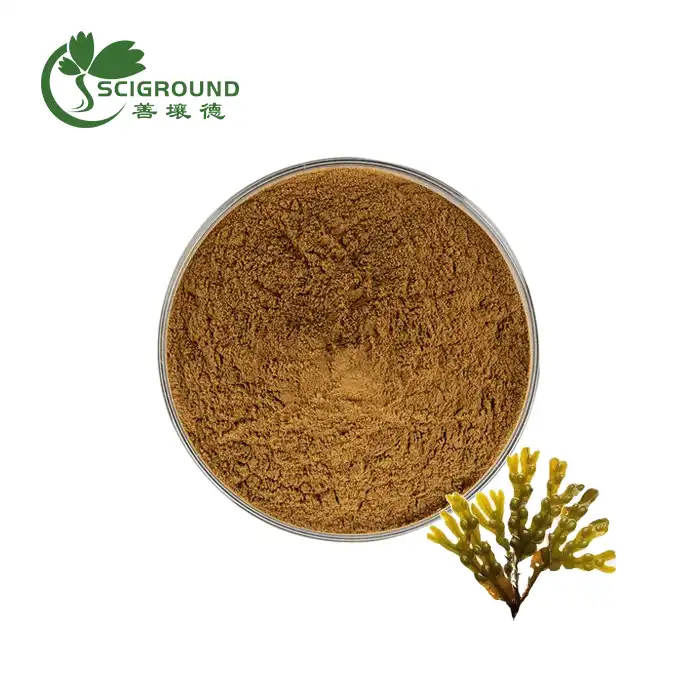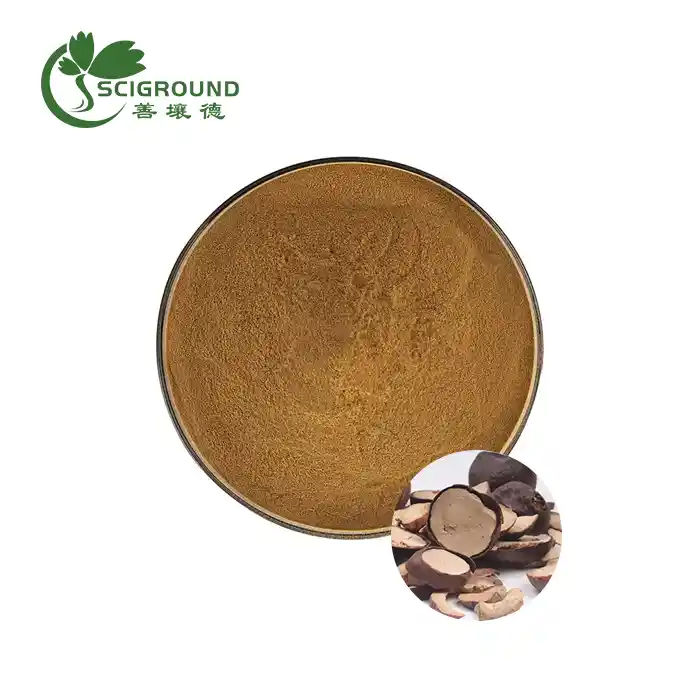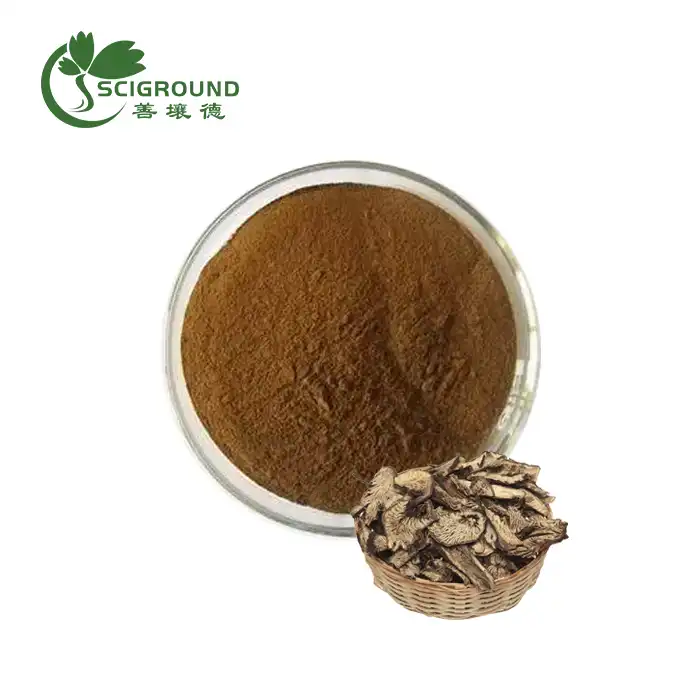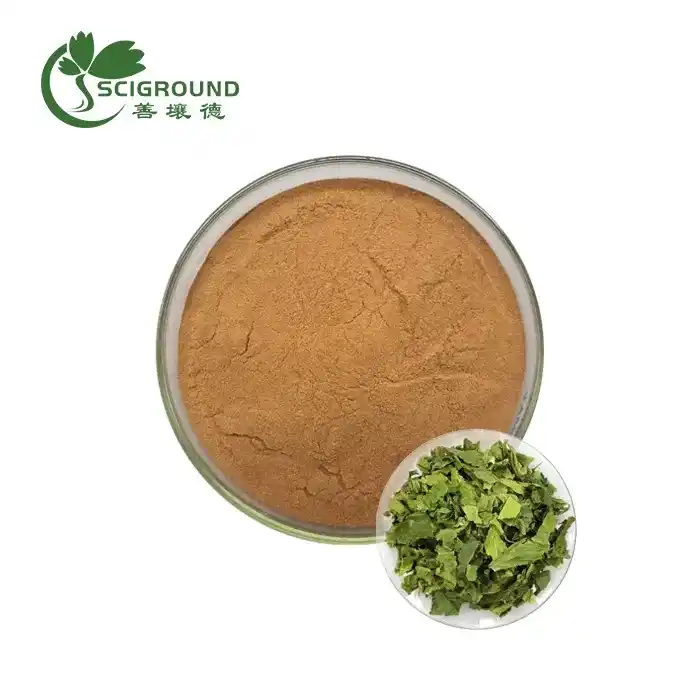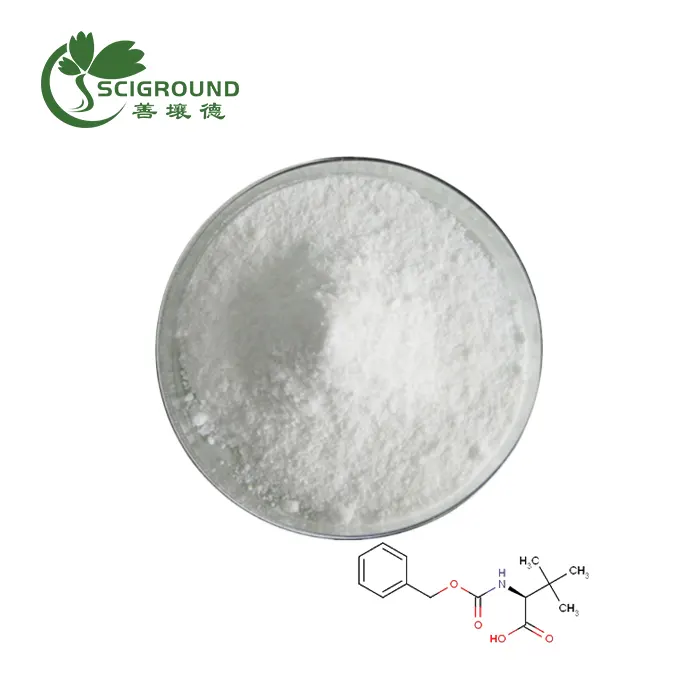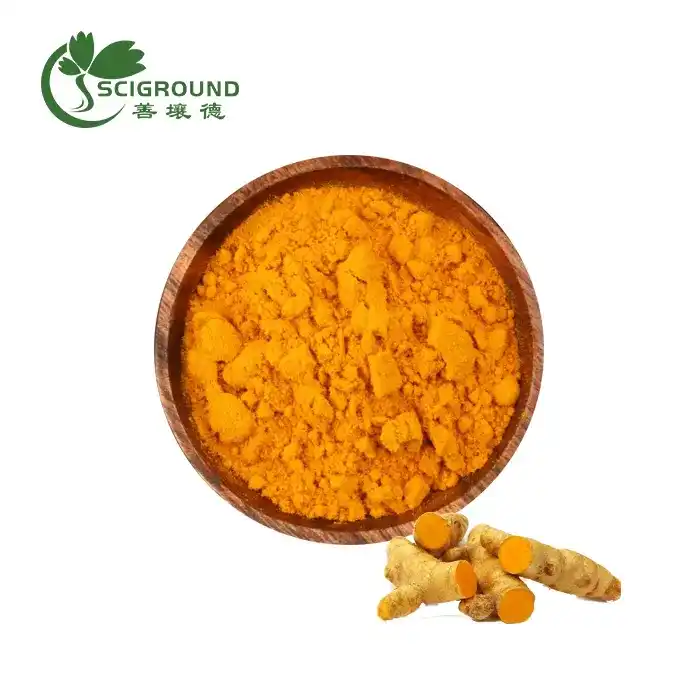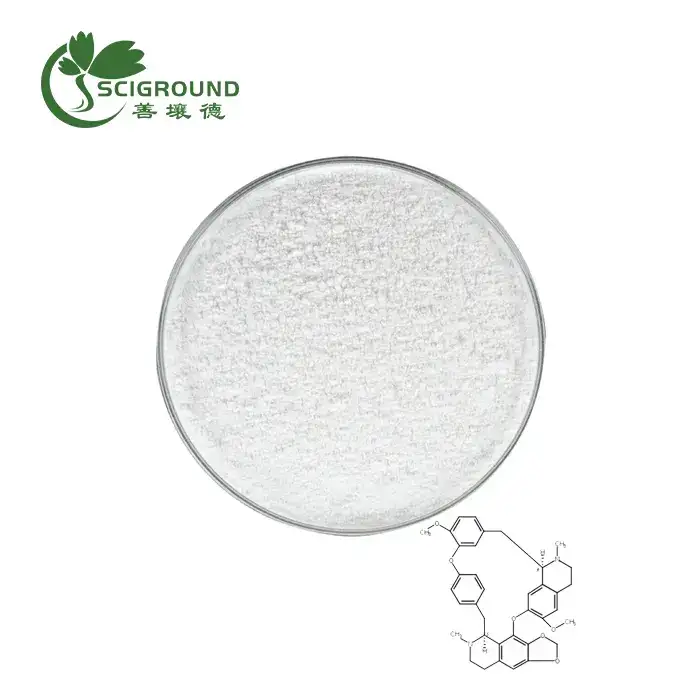L serine foods
L-serine is an amino acid that is essential for the body's wellbeing. It is present in high concentrations in the brain and central nervous system, where it helps with neuronal transmission, immunological function, and metabolism. While the body can produce some L-serine on its own, getting it through food is essential. In this article, I will explore the top food sources of L-serine and make recommendations on achieving optimal intake levels through food or supplementation if needed.
First, let’s start with an overview of L-serine itself. It is classified as a nonessential amino acid, meaning healthy adults can produce adequate amounts endogenously. However, infants and those with certain medical conditions may be unable to synthesize enough, making L serine Bulk essential for them. This amino acid is needed for proper protein structure and folding, nerve impulse transmission, cell membrane integrity, immune response, and fatty acid metabolism. Deficiency is rare but symptoms may include neurological disorders, weakened immunity, and impaired growth in children.
Now let’s discuss where we can find L-serine in foods. Some of the top dietary sources include:

Top 10 Foods Highest in L-Serine
1. Soybeans - 1/2 cup contains 600mg
2. Chicken breast - 140mg per 3 ounces
3. Turkey breast - 120mg per 3 ounces
4. Tuna - 115mg per 3 ounce can
5. Eggs - 110mg in one large egg
6. Almonds - 1 ounce has 100mg
7. Oats - 1 cup cooked provides 95mg
8. Yogurt - 1 cup of plain yogurt has 90mg
9. Cottage cheese - 80mg per 1/2 cup
10. Sunflower seeds - 60mg per ounce
Meat Products High in L-Serine
All types of poultry and lean meats contain significant amounts of L-serine. A 3-ounce serving of chicken or turkey breast will provide over 100mg. Red meats like beef and pork also supply L-serine but are lower in protein density and higher in fat and cholesterol. Wild game meats like venison are an even healthier source. Going for lean, low-fat cuts of meat will maximize L-serine intake from this food group.
Seafood High in L-Serine
Cold-water fatty fish like salmon, mackerel, tuna, sardines and halibut are stellar seafood choices providing 110-150mg L serine Bulk per 3-ounce serving. Shellfish including shrimp, crab, lobster, scallops and mussels also offer good amounts. Just be mindful of heavy metal contamination risks when consuming seafood frequently.
Eggs and Dairy Products Containing L-Serine
Eggs are one of the richest source of L-serine, with 110mg in just one large egg. Dairy products like milk, plain yogurt and gouda cheese also contain ample amounts, providing 80-90mg per serving. Whey protein powder is very high as well at 120mg per scoop. These animal products boost L-serine intake effortlessly.
Nuts and Seeds High in L-Serine
Almonds, cashews, walnuts and pumpkin seeds all provide at least 100mg L-serine per ounce. Nut and seed butters made from almond, cashew and sunflower seeds are also options. Hemp hearts, chia seeds, flaxseeds and pistachios contain over 50mg per ounce too. Combining a variety of nuts and seeds will optimize amino acid intake.

Fruits and Vegetables Containing L-Serine
The highest vegetable sources are avocados (80mg per cup), asparagus (60mg per cup), seaweed, mushrooms, spinach and broccoli. For fruits, some of the best are apricots, apples, oranges, bananas and blueberries, having around 50-60mg per cup. While produce does not compare to animal proteins, it adds valuable variety and micronutrients.
Grains and Legumes With L-Serine
Beans and lentils offer decent l serine powder bulk, providing about 200mg per cooked cup. Whole grains like oats, brown rice, quinoa and buckwheat also contain good amounts, in the range of 50-100mg per serving. Soybeans and soy products like tofu and edamame are stars, with over 500mg per half cup. If following a vegetarian or vegan diet, emphasize these plant proteins.
l serine toxicity
L-serine is considered very safe at typical supplemental doses used in research of 500-1500mg per day. Higher amounts up to 5 grams daily have been used short term under medical supervision with minimal side effects. Toxicity from L-serine is very unlikely when sticking to recommended dosing guidelines.
However, extremely high intravenous doses above 10 grams per day raise some safety concerns and may contribute to neurological and kidney problems in certain situations. Oral supplementation at these levels is unstudied and cannot be deemed safe long term.
Always start low with amino acid supplements like L-serine and avoid exceeding maximum recommended dosages without medical consultation first. Tell your doctor about any medications or pre-existing conditions that could interact.
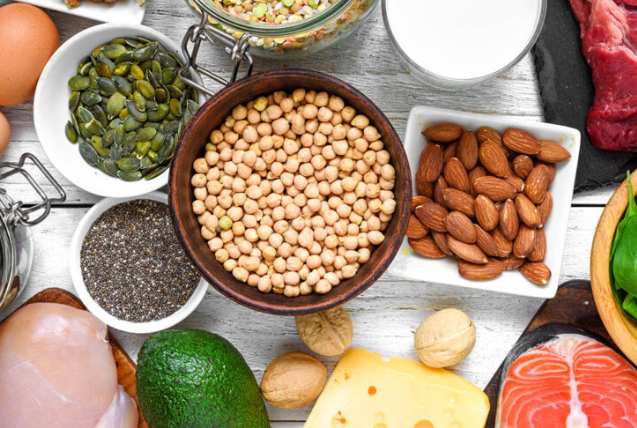
l serine weight loss
Some evidence suggests L-serine supplementation may potentially aid weight loss efforts through a few mechanisms:
1. Influencing appetite hormones - L-serine impacts levels of leptin and ghrelin to reduce appetite.
2. Supporting metabolism - It plays a role in fatty acid synthesis and mitochondrial function related to energy expenditure.
3. Building muscle tissue - L-serine helps stimulate muscle protein synthesis, increasing lean body mass.
4. Reducing fat absorption - Animal studies show it may limit dietary fat absorption but human data is lacking.
While results look promising, current research is preliminary and involves animal models or very small human trials. More rigorous clinical studies are still needed to verify if L-serine can meaningfully impact weight status long term. However, it appears safe to trial when combined with a calorie-controlled diet and active lifestyle.
l-serine vs phosphatidylserine
L-serine is the standalone amino acid form found in protein-rich foods. Phosphatidylserine is a phospholipid compound composed partly of L-serine that is highly concentrated in brain cell membranes.
Both play important roles in cognitive function, exercise performance, mood and nerve health. But their mechanisms of action differ slightly.
L-serine serves as a precursor for neurotransmitters and supports protein synthesis needed for signaling. Phosphatidylserine helps maintain membrane fluidity and integrity for better intercellular communication.
Most phosphatidylserine supplements are derived from soy or sunflower lecithin rather than animal brain cortex as in the past. While structurally similar to the compound found in the human brain, absorption may differ slightly.
Some research suggests taking L-serine with phosphatidylserine may have synergistic cognitive benefits. But both appear effective alone as brain health supplements.

How much l-serine is in an egg?
One large chicken egg contains approximately 115 milligrams of L-serine. Egg whites are particularly high in this amino acid, providing 110 of those milligrams. The egg yolk contains the remaining 5 milligrams.
As a comparison, here is how much L-serine is found in eggs of other sizes:
· Large egg: 110 mg
· Extra large egg: 115 mg
· Jumbo egg: 120 mg
So eggs are one of the most concentrated dietary sources of L-serine. Just one a day supplies over 10% of the average adult’s daily needs. Consuming 2-3 eggs provides ample amounts to support optimal health and brain function.
l-serine longevity
L-serine may have potential anti-aging benefits due to its role in:
· Stimulating protein synthesis - Needed to maintain muscle mass as we age.
· Supporting brain cell membranes - Protects mental sharpness and cognition.
· Regulating metabolism - Preserves efficient fat burning and energy.
· Reducing oxidative stress - Limits free radical damage tied to disease.
· Supporting nerve function - Maintains fast reflexes and coordination.
· Enhancing immunity - Preserves ability to fight infections.
Animal studies indicate L-serine supplementation may increase lifespan by up to 20%. Similar large human studies are lacking.
While evidence is still emerging, optimizing L-serine intake from foods or supplements does appear protective against age-related decline. Aim for at least 1,000 mg daily for anti-aging benefits.
Where is L-serine found?
L-serine is found abundantly throughout the body, but it is most concentrated in the following locations:
· Brain and Spinal Cord - Up to 15% of total amino acid content. Critical for neurotransmitters.
· Skeletal Muscles - Comprises over 20% of amino acids in muscle tissue. Aids growth.
· Retina and Lens of the Eye - Supports vision and eye health.
· Heart, Kidney and Liver - Important for metabolism and function.
· Plasma - Circulating form for transport to tissues and organs.
· Immune Cells - Key for optimal immune response and activity.
L-serine is found in all cells since it is incorporated into proteins during synthesis. But it plays special roles in the brain, muscles, eyes and immune system in particular. Ensuring adequate L-serine levels supports total body wellness.
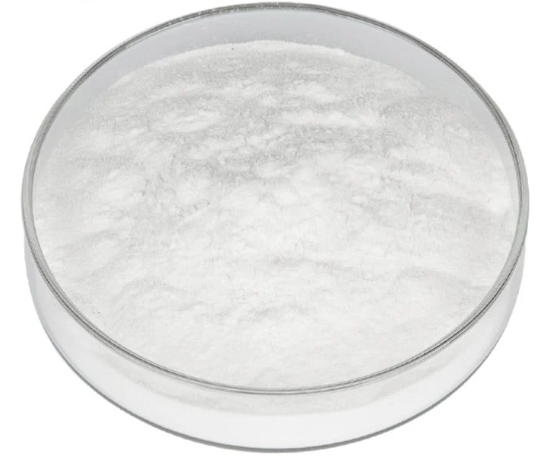
What is the best way to take L-serine?
The best practices for taking an L-serine supplement include:
· Capsule form for accurate dosing. Look for 500-1,000mg capsules.
· Take with food to minimize digestive issues.
· Start with 500mg once or twice daily and slowly increase over 2-4 weeks.
· Find the lowest effective dose for your needs up to 1,500mg maximum per day.
· Take l serine powder earlier in the day to prevent sleep disturbances.
· Stay well hydrated to flush out excess amino acids.
· Cycle 4-6 weeks on and 1 week off to avoid buildup.
· Stack with B vitamins, citicoline or fish oil to enhance effects.
Always follow dosage directions carefully and tell your doctor about any medications or health conditions first. L-serine is best taken consistently long term for cognitive benefits.
When to Take an L-Serine Supplement
The optimal time to take an L-serine supplement is in the morning, with or just after breakfast. This schedule provides advantages:
· Boosts morning brain power and focus when mental clarity is needed most.
· Allows it to circulate and uptake during the daytime when you are alert and active.
· Prevents sleep disturbances that may occur with evening doses.
· Coordinates absorption with early day meals and nutrients.
· Provides sustained coverage vs quick spikes throughout the day.
Unless aiming to improve sleep quality specifically, daytime administration between breakfast and lunch is ideal. The half-life is short so splitting the dosage morning and midday can maintain steady levels.
What are the symptoms of L-serine deficiency?
L-serine deficiency is rare but some potential symptoms may include:
· Neurological problems - Numbness, tingling, loss of coordination, decreased cognitive function.
· Muscle weakness and wasting - Loss of lean muscle mass and strength.
· Impaired immunity - Increased frequency of infections and slower recovery time.
· Skin rashes or changes - Such as scaly skin, cracked lips and mouth ulcers.
· Growth retardation - In infants and children.
· Fatigue and lethargy - Due to metabolic disruption.
· Mood disorders - Such as depression, anxiety, irritability.
· Micronutrient deficiencies - Particularly B vitamins which interact with L-serine.
Seek medical advice if experiencing concerning neurological, muscular or immune symptoms that may indicate an L-serine deficiency. Targeted supplementation can help restore optimal levels.
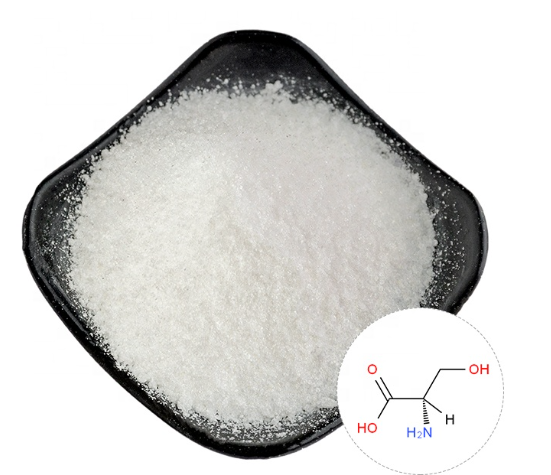
What causes L-serine deficiency?
Some potential causes of L-serine deficiency include:
· Inadequate dietary intake - Not eating sufficient protein sources of L-serine.
· Malabsorption disorders - Health conditions that impair nutrient absorption like Crohn's disease.
· Chronic alcoholism - Alcohol dependence can deplete L-serine reserves.
· Liver disease - Since the liver is involved in L-serine synthesis.
· Kidney dysfunction - Impairs excretion of excess l serine powder bulk.
· Metabolic disorders - Inborn errors that disrupt L-serine metabolism.
· Medications - Certain drugs like chemotherapies that impair absorption.
· Genetic factors - Rare mutations causing L-serine synthesis issues.
· Rapid growth periods - When demand exceeds intake like in premature infants.
Maintaining adequate intake through food sources or targeted supplementation can help prevent deficiencies in those at higher risk.
Should You Take an L-Serine Supplement?
Most healthy adults can obtain sufficient L-serine from dietary protein intake and endogenous synthesis alone. However, supplementation may provide added benefits:
· Optimizing cognitive function - Doses of 500-1500mg appear to improve focus, memory, learning ability and mental clarity.
· Reduce anxiety and depression - Studies suggest L-serine helps modulate mood.
· Increase exercise capacity - Some evidence it enhances muscle endurance, recovery and growth.
· Slow aging - Animal research indicates lifespan extension with increased L-serine intake.
· Support eye health - It is concentrated in the retina and helps maintain vision.
· Boost immunity - Preliminary research shows it can improve immune cell activity.
An L-serine supplement may be especially advantageous for active individuals, seniors, vegetarians/vegans, those with digestive issues impacting absorption, and individuals with certain medical conditions.
Of course, optimize dietary protein first and see a doctor to identify any potential deficiencies. But L-serine supplementation appears both safe and effective for general wellness.
Conclusion on L-Serine Food Sources
In summary, L-serine is an important amino acid for muscle tissue, brain function, metabolism and immunity. While healthy adults can synthesize adequate L-serine, getting additional amounts from high protein foods provides benefits.
Some of the top dietary sources include soy, eggs, turkey, chicken, fish, dairy, nuts, seeds and beans. Aim for 1-2 servings of these foods daily to maintain optimal L-serine status.
Supplements in the 500-1500mg range may also promote cognitive health, exercise performance, eye function and anti-aging effects. As always, consult your healthcare provider before starting any new supplement.
References:
1. Deguchi, Y., & Akagawa, M. (2019). L-Serine and glycine serve as major astroglia-derived trophic factors for cerebellar Purkinje neurons. Frontiers in neuroscience, 13, 727.
2. León, R., Garcia, A. G., & Marco-Contelles, J. (2013). Recent advances in the multitarget-directed ligands approach for the treatment of Alzheimer's disease. Medicinal research reviews, 33(1), 139–189.
3. Wu, G. (2009). Amino acids: metabolism, functions, and nutrition. Amino acids, 37(1), 1-17.
4. Fuchs, S. A., Dorland, L., de Sain-van der Velden, M. G., Hendriks, M., Klomp, L. W., Berger, R., & de Koning, T. J. (2006). D-serine in the developing human central nervous system. Annals of neurology, 60(4), 476–480.
5. Balu, D. T., Takagi, S., Puhl, M. D., Haydon, P. G., & Coyle, J. T. (2014). Serine racemase mutation selectively disrupts neuromodulation by D-serine. Proceedings of the National Academy of Sciences of the United States of America, 111(27), 9995–10000.
About Author

Celine Xu is a botanist with over 15 years of experience researching and developing plant extracts for nutritional and pharmaceutical applications. She leads an R&D team focused on identification, cultivation and extraction of medicinal plants. Celine Xu earned a Ph.D. in Plant Biology has authored numerous articles in peer-reviewed journals about the health benefits of specific phytochemicals. She frequently speaks at industry conferences about new developments in plant extract research. Celine Xu is dedicated to advancing the scientific understanding of how targeted plant compounds can be used to improve human health.
Related Industry Knowledge
- Can you freeze dry aloe vera gel?
- What is aloe vera leaf extract used for?
- Is Soybean Seed Extract Comedogenic
- How to Extract Persimmon Pulp
- Does Polygala increase dopamine?
- When to Take Berberine for Weight Loss
- Is Pea Protein Low FODMAP?
- Ganoderma Lucidum Extract Powder: A Potent Medicinal Mushroom for Health and Wellness
- What are the side effects of lion's mane extract?
- Kudzu Root Extract Powder: A Comprehensive Guide
